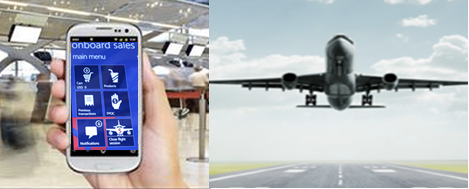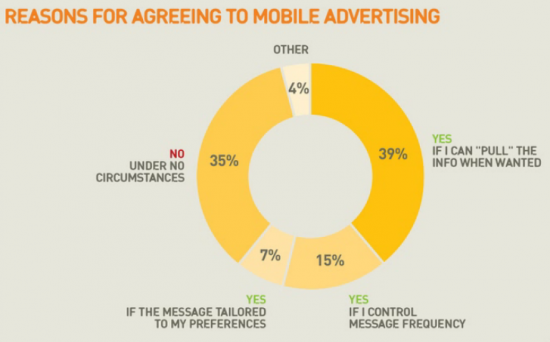
































Mobile usage and penetration within the Air Industry is an interesting topic that most of us can relate to and understand to one degree or another. Having attended the recent Air Passenger EXPO in Barcelona, some of the published reports make for interesting reading. Here are some interesting perspectives and trends:
Airline Perspective:
Wireless penetration onboard is growing.
Currently 53% of Airlines provide mobile boarding passes and this is expected to reach 80% by 2016.
Approximately 20% of airline revenues can be earned from ancillary services.
Airlines expect mobile sales to reach over$70 billion by 2016, or 10.3% of total sales, up from just below 3% today.
Mobile usage today
Passenger Perspective:
Overall 76% of passengers were carrying a smartphone.
Following this trend Airlines are offering increased mobile services to passengers.
A very interesting graph showing what passengers want as priority for mobile services has been published:

Interestingly the majority of travelers questioned thought using their mobile phone most useful for information services like flight search and baggage status or airport directions, with other services such as storing boarding passes, performing check-in and receiving flight status updates seen as definitely providing a travel experience improvement, yet mobile booking is not yet seen as a must have by the majority of passengers.
 Today approximately 70% of passengers would buy tickets via a mobile phone if available, up from 63% last year.
Today approximately 70% of passengers would buy tickets via a mobile phone if available, up from 63% last year.
It shows the increasing power of mobile to change consumer behavior. This is likely to be most evident for ancillary sales or location-based shopping where the convenience and impulse factor can be much higher.
Mobile innovations expected next 3 years:
Functions related to the passenger experience include:
Location based services:
? Services that provide location sensitive advertisements promoting airport or local merchants as well as local information guides (e.g. airport, gates, baggage carousels, etc).
Advanced push notifications:
Such as providing the passenger with more information about their flight or baggage and selling ancillary services to monetise the mobile channel.
Movement tracking:
? Automatically identifying a passenger's location in the airport for management, operations or customer services improvements.
Advanced disruption management :
? This includes the pushing of alternate flights and the offer of personalised compensation and electronic vouchers for hotels when a flight is cancelled.
Social media:
? Monitoring social media comments and targeting the passenger's physical location to prioritise assistance based on the nature of the issue. Also being considered is the integration of peer reviews during the mobile ticket purchasing process.
Mobile is transforming the air travel industry, both from an airline and airport perspective as well as from a passenger perspective. Clearly many more opportunities and new innovations will emerge as this transformation evolves which will both enhance passenger experiences and increase revenues to the industry.
Cisco's CMX solution continues to expand and evolve to enable real business value in this emerging marketplace, and there is much more to come.
For more information on CMX visit: www.cisco.com/go/cmx.
Refs:
SITA IT Airport Trends 2013;
IdeaWorks 2013.;
SITA Passenger IT Trends 2013:
Amadeus 2013, The always-connected traveller: How mobile will transform the future of air travel
 Etiquetas calientes:
cmx
connected mobile experiences
hospitality
experience
analytic
connect
airport
ad
expo
Etiquetas calientes:
cmx
connected mobile experiences
hospitality
experience
analytic
connect
airport
ad
expo